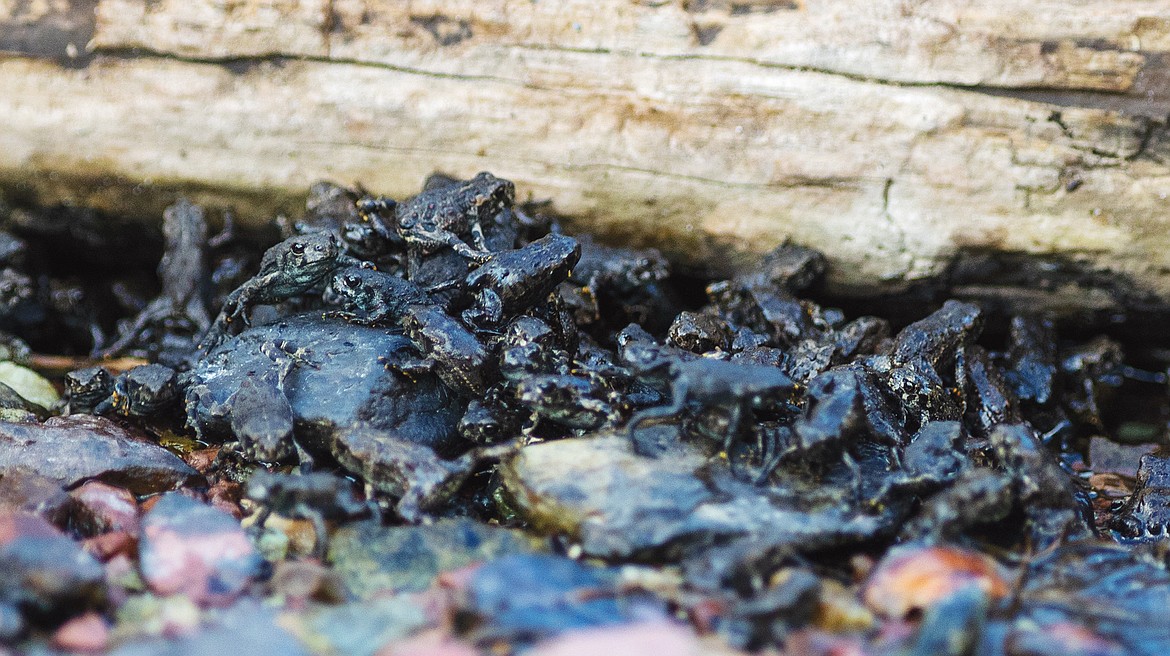Opinion: Toadlets
So the boy and I hiked up to a high mountain lake over the weekend. The hike was a long one — 17 miles one way and about 3,000 feet of elevation gain, give or take a step or two.
The idea was to do a goat survey for the Park Service’s citizen science program. (We saw three goats, in case you were wondering.)
But there was a personal experiment to this journey as well. This summer I haven’t done as many long hikes, because I’m working on a film. Shooting video is a wholly different animal than still photography and suffice it to say that my minimal video rig weighs in at about 26 pounds, plus a bunch of other stuff I throw in my pack.
I hike with the camera and tripod on my shoulder almost everyday, but I typically don’t go very far — four-five miles, tops, but usually only two.
So I was wondering, would short hikes everyday with a lot of weight mean I would be in good enough condition to do a long hike with a fair amount of weight, but not all of it on one shoulder (or the other, as the case may be)?
The answer was yes. Sure, the last couple of miles of the 17 weren’t exactly fun, but they weren’t the end of the world, either. It’s not like my legs felt like they were going to fall off.
But that’s not what was cool about the journey.
What was cool as we were poking around camp I found a small spring and at the spring were toadlets — hundreds of them, perhaps even 500. There were so many that I had to use a telephoto lens to photograph them for fear that I’d squish a bunch trying to get close with a shorter lens.
Glacier Park years ago actually closed a chunk of the Inside North Fork Road as a mass migration of toadlets were hopping across the road.
These toadlets also seemed to know where they were going — at least where they wanted to go — as there were logs and other stuff in the way.
A log might not seem like much, but it’s a pretty big obstacle when your legs are all of a third-inch long.
For whatever reason they seemed to be leaving the spring and heading toward the high grass. It looked like the ground there was moving.
There were also at least that many tadpoles in the water, presumably toad tadpoles. Some were sprouting legs, others were not.
Toads at that elevation must live a tough life. It will start snowing in earnest in about a month and will last into next June.
Toads don’t hibernate, they bury themselves in the mud to wait out winter. How many will survive is anyone’s guess, but amphibian populations across the West are largely in decline, so it was good to see so many at least trying to make a go of it.
Apparently that many toadlets is fairly common. A female toad can lay 10,000 eggs.


